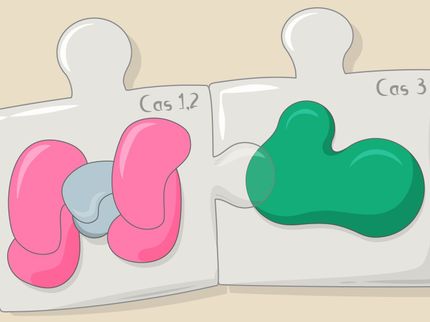Fast Pandemic Detection Tool Ready to Fight Flu
Agilent Technologies and Los Alamos Develop First High-Throughput System to Be Deployed at UCLA’s New Global Bio Lab
Advertisement
Agilent Technologies Inc. announced researchers are developing new tools for rapidly characterizing biological pathogens that could give rise to potentially deadly pandemics such as Influenza A (H1N1). This is part of a joint effort by national laboratory-, university- and private-sector institutions.
The first tool, an automated genotyping system, is a joint effort between Los Alamos National Laboratory, the University of California at Los Angeles (UCLA) School of Public Health and Agilent. This system will be utilized in the Global Bio Lab at UCLA and will use high-throughput technology for automated global-public-health surveillance.
The automated genotyping system, built to specification by Agilent, was delivered to Los Alamos in late May for verification of design and capability testing. The $1.7 million BioCel Automation System was designed in collaboration by Los Alamos and UCLA researchers, and professionals at Agilent’s Automation Solutions division, previously known as Velocity11. The system will be able to automatically determine the genetic sequence of viruses such as influenza hundreds of times faster than any other method available today.
According to the company public-health officials will be able to rapidly and reliably determine the strain of a virus, allowing more time for mitigation or containment strategies to be employed if necessary by using this system and future high-throughput tools in pandemic response mode. Moreover, these BioCel systems will be useful in research mode for monitoring animal populations for the emergence of new and potentially deadly pathogens before the pathogens are able to infect humans. The UCLA Global Bio Lab will become part of the High Throughput Laboratory Network (HTLN). When built out, the network will provide an international and interconnected capacity that enables uniformity in testing methods - reducing the potential for errors or confusion arising from variable testing methodologies currently used.
Most read news
Organizations
Other news from the department research and development

Get the life science industry in your inbox
By submitting this form you agree that LUMITOS AG will send you the newsletter(s) selected above by email. Your data will not be passed on to third parties. Your data will be stored and processed in accordance with our data protection regulations. LUMITOS may contact you by email for the purpose of advertising or market and opinion surveys. You can revoke your consent at any time without giving reasons to LUMITOS AG, Ernst-Augustin-Str. 2, 12489 Berlin, Germany or by e-mail at revoke@lumitos.com with effect for the future. In addition, each email contains a link to unsubscribe from the corresponding newsletter.






















































